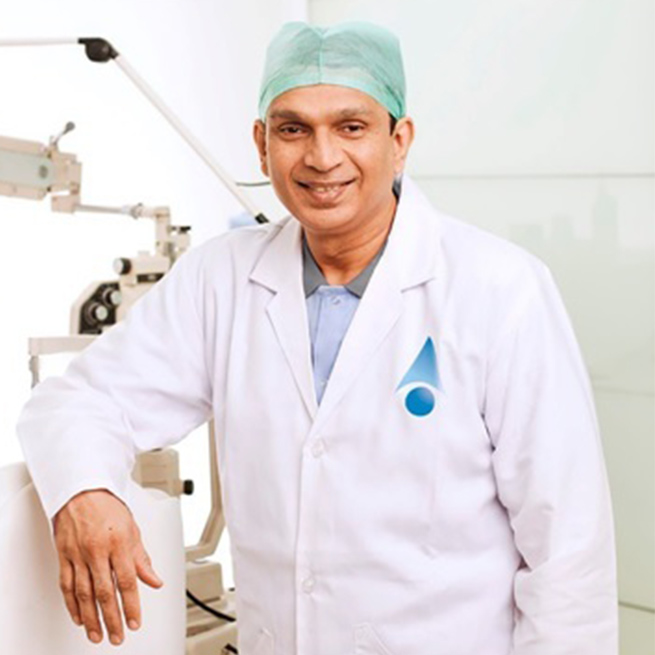An intraocular foreign body (IOFB) lodged in the posterior segment can be disastrous, and remains a major cause of visual loss, primarily in young adults. The presence of a posterior segment IOFB poses significant surgical challenges, and the management varies depending on the location and size of the IOFB, and overall severity of injury. Removal of the IOFB has been done with lens sparing vitrectomy, although it’s not usually recommended when there is a coexisting cataractous lens, traumatic cataract, or phacodonesis. Often, the planned procedure for better intraoperative visualization and prevention of lens-induced uveitis, includes a pars plana vitrectomy (PPV), removal of the IOFB with forceps and then cataract extraction, all in a simultaneous procedure. But how and where, exactly will the IOFB come out?
Previously, Dr. Amar Agarwal, MBBS, MS, FRCS, FRCOphth[Lon], and the team from Dr. Agarwal’s Group of Eye Hospitals in India, introduced an intraocular lens (IOL) scaffold maneuver in order to prevent nucleus drop in eyes with intraoperative posterior capsular rupture during phacoemulsification. It has since been used and revised for other procedures. In a recent article in Retinal Cases & Brief Reports, Dr. Agarwal and colleagues present this IOL scaffold technique and its effectiveness during IOFB removal in preventing the intraoperative drop or slippage of the FB back into the retina.
Dr. Agarwal explains how this IOL scaffold method differs from existing direct IOFB removal techniques: “Here, an IOL is placed prior to the IOFB removal and the IOL optic acts as a scaffold on which the IOFB can be held and removed. This would prevent it from the recurrent drop into the vitreous or on the retina.” He adds that this isn’t as simple as it sounds and experience is key: “As the prerequisite, the surgeon has to be well-trained in the IOL scaffold procedure and glued transscleral IOL implantation technique (in cases of defective capsules) to follow the technique.” The technique and applications are discussed in greater details in their previous publications in the Journal of Refractive Surgery in 2012, Ophthalmology in 2013 and the Journal of Cataract and Refractive Surgery in 2013.
The current publication is a case report that describes the removal of a 4mm IOFB, that was lifted to the anterior chamber with intravitreal forceps and then set on the iris. After decreasing the infusion and extending the main corneal wound, a 3-piece posterior chamber IOL was placed in the sulcus and used as a scaffold. The IOFB was retrieved through the main corneal wound using forceps, and the IOL was centered, and the wound closed. Dr. Agarwal explains his groups’ experience with the procedure: “We have used this method in retrieving IOFBs and have found to have good surgical outcomes.”
He adds that there are other uses for this technique: “IOL scaffold can also be used to prevent IOL parts dropping into the vitreous during IOL exchange and the capsular remnants drop during the soemmering’s ring removal.”
Reference:
Agarwal A, Ashok Kumar D, Agarwal A. Intraocular Lens Scaffold to Prevent Intraocular Foreign Body Slippage. Retin Cases Brief Rep. 2017;11(1):86-89.





good news about us, compatible case of my wife…